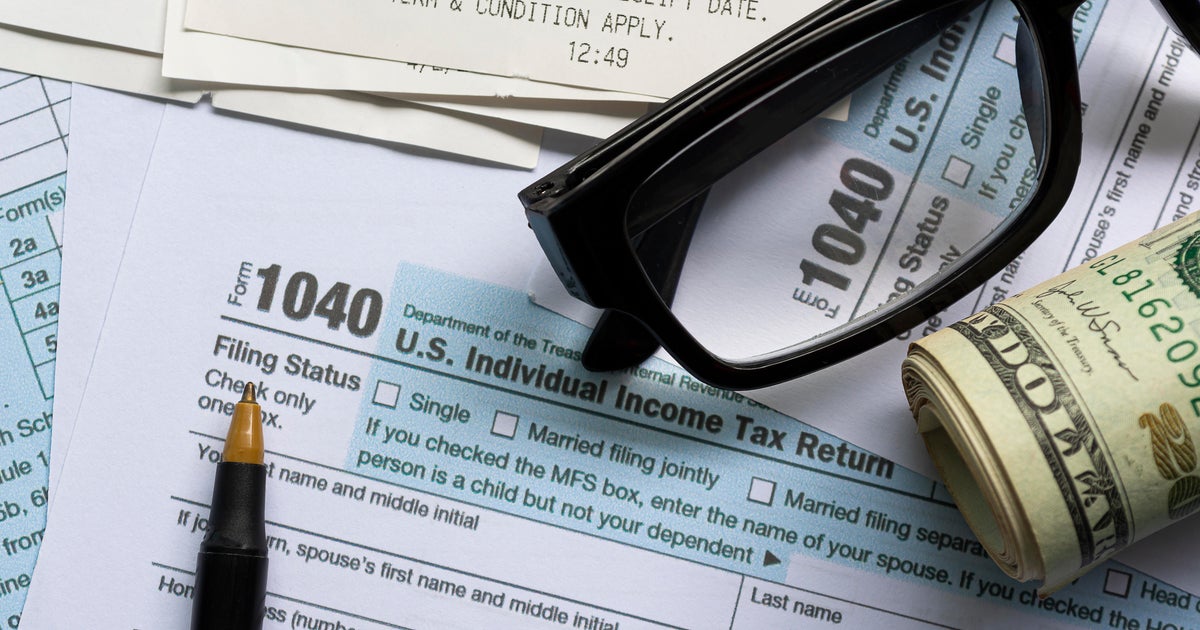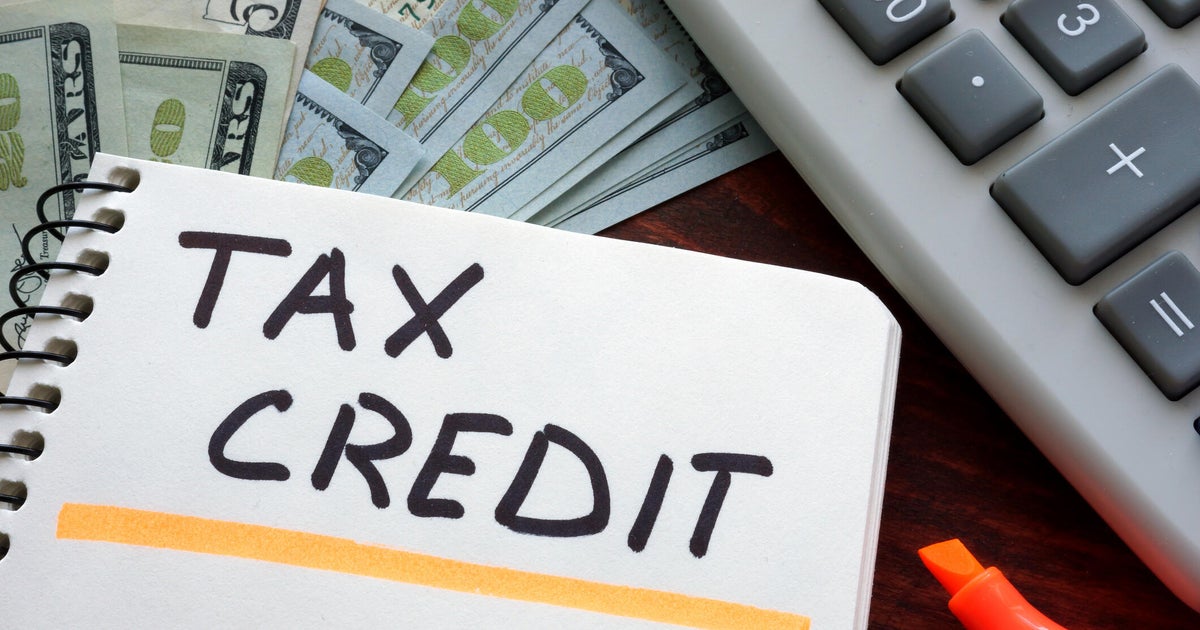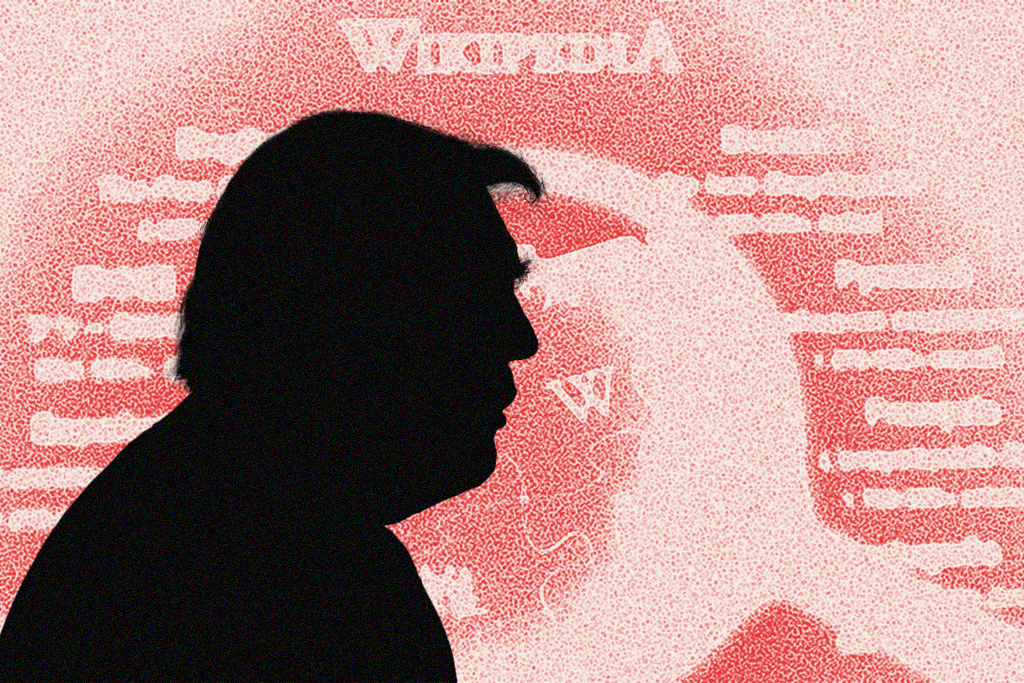Last Child Tax Credit check set to go out. That could push millions of kids into poverty.
Millions of Americans have weathered the COVID-19 pandemic with the help of direct cash payments from the U.S. government, via stimulus checks, extra unemployment benefits and the expanded Child Tax Credit. But that last financial buffer may come to an end on December 15 when the IRS sends out the sixth — and potentially last — check to parents.
That would close the door on the nation's biggest federal cash-assistance programs, which began in 2020 with the first stimulus check and expanded unemployment aid. As those two programs ended earlier this year, the Child Tax Credit went into full swing in July, directing as much as $300 per month to families for each eligible child.
Experts credit those six months of direct payments with helping millions of low- and middle-income families afford basics like food, rent and car repairs, as well as child expenses like clothing and education. Without that aid, almost 10 million children may slip back into poverty, according to a recent analysis from the left-leaning Center on Budget and Policy Priorities.
"No family in America should struggle to get by," said Gaylynn Burroughs, senior policy counsel at The Leadership Conference on Civil and Human Rights. "Without the CTC, these families — many of whom are families of color — will be forced back into a position of instability."
The expanded Child Tax Credit isn't completely dead. Lawmakers could renew the enhanced aid through the Build Back Better Act, which includes a one-year extension of the monthly payments, but the legislation still faces hurdles in the Senate. For payments to continue smoothly into January — and land in accounts by January 15 — the bill needs to pass by December 28, the IRS has told lawmakers.
"Massive" fiscal support
The cash payments for families also bolstered the economy during the pandemic, providing them with money to spend on daily necessities as well as on things like outdoor furniture and home renovations that people turned to during the pandemic.
That spending has bolstered corporate earnings and jump-started economic growth, with GDP expected to reach 5.7% this year compared with a decline of 3.5%in 2020, according to Oxford Economics.
Some economists have pointed to the fiscal stimulus as fueling inflation, with strong demand from consumers pushing up prices, although other issues have added to the rise in consumer prices, such as supply-chain disruptions.
But 2022 could mark the first time in two years that households won't receive major cash infusions from the federal government — unless the expanded CTC is renewed another year.
"The amount of policy support we got in 2020 and 2021 was a massive amount," said Jared Franz, an economist at the Capital Group. Stimulus checks and the like "helped minimize the Delta wave, but those are going away in 2022. We are not going to get the same kind of fiscal support."
To be sure, the recently passed infrastructure bill will inject $1.2 trillion into the economy, although that will be invested over several years and families won't receive direct cash aid.
Inflation's bite
The expanded CTC could end just as households are coping with higher inflation, which is hitting a broad range of products, from food to gasoline. Without that extra cash, some families may struggle to keep ahead of rising prices.
Most households earning less than $35,000 a year spent some or all of their CTC money on basics such as housing, food, clothing and utilities, CBPP said. Meanwhile, inflation hit 6.8% in November, the most in almost 40 years, with food, energy and housing among the categories seeing the sharpest increases.
That's hitting low-income and older households the hardest, according to Moody's. That could require dipping into savings, making them prone to financial emergencies, the financial firm said.
While many households are regaining their footing after the pandemic, many families of modest means are running through their savings, according to the New York Times, which cited an analysis from Moody's.
And the "excess savings" that Americans socked away during the pandemic — or the extra amount that people saved compared to what they would have otherwise put away — was mostly due to increased saving by the top 1% of U.S. households, according to Oxford Economics. In fact, the bottom 20% of households by income saved less than prior to the pandemic.
One-third of families said they wouldn't be able to meet their basic needs if the CTC checks end this month, according to a new poll by nonprofit ParentsTogether. Bethany Robertson, co-director of the group, predicted that hunger and poverty will rise if the payments cease: "Millions of families are on the brink, and ending these lifesaving payments this month will drive up childhood hunger and family poverty."





